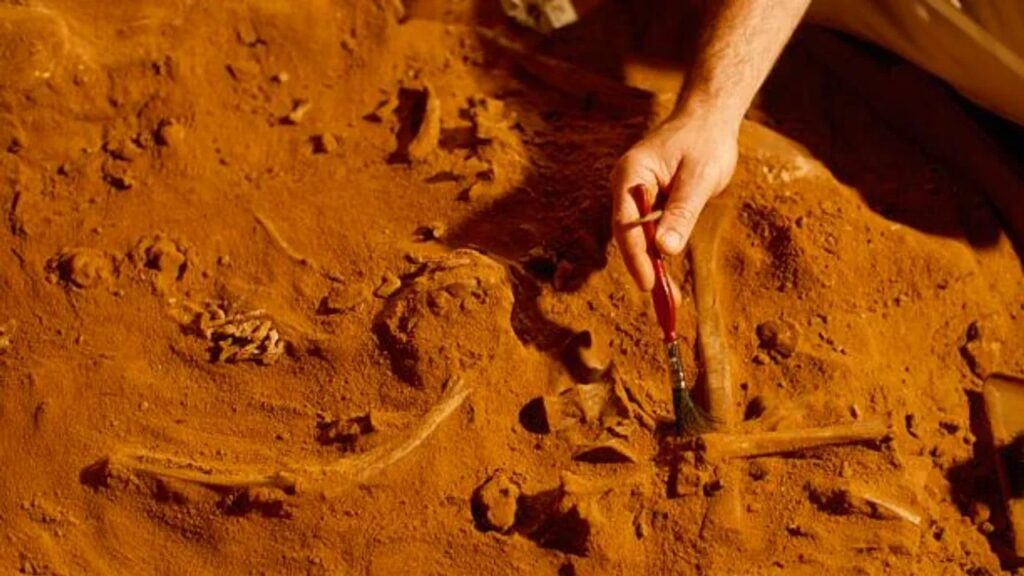France evacuations uncover grisly women sacrifice practices
Recent excavations in France have revealed a chilling aspect of ancient societies – ritualized woman sacrifice was more widespread in Europe during the Neolithic period than previously believed. Archaeologists discovered skeletal remains of women in a tomb near Avignon, dating back to 4000-3500 BCE, showing signs of horrific acts like burial alive, strangulation, and binding, pointing towards ritualistic sacrifice.

The method of sacrifice, known as “incaprettamento,” involved binding the victim’s neck to their legs behind their back, leading to self-strangulation. This practice was prevalent during the late Middle Neolithic period, spreading across Central Europe for nearly 2,000 years. The careful arrangement of the bodies in the tomb, with fragments of grindstones found entwined with the remains, suggests a deliberate and ritualistic nature of their deaths.
Dr. Eric Crubezy, a senior author of the research, suggests a potential link between these sacrifices and agricultural rites. As the Neolithic period marked a shift to farming, these sacrifices may have been seen as a way to appease deities controlling the land’s fertility, ensuring successful harvests and community prosperity.
Understanding these practices offers insight into ancient societies, showing that while often portrayed as idyllic, they engaged in extreme violence. This discovery prompts us to confront the complexities of human history, where progress coexisted with barbarity and ritualistic bloodshed.
While the exact motivations behind these sacrifices remain unclear, further research is needed to unravel these mysteries and shed light on this grim chapter of human history.
Repurposed article originally published in She the people









